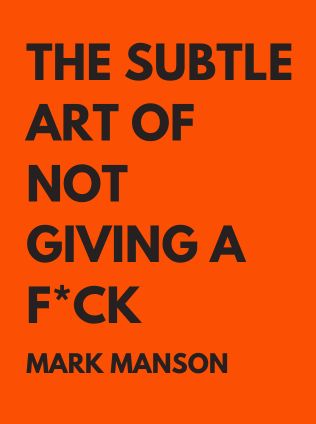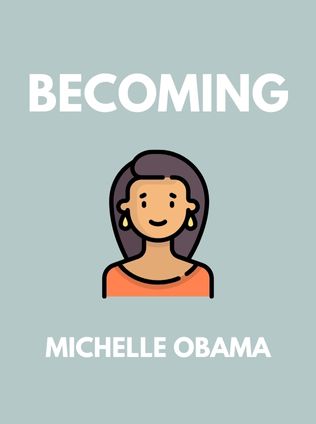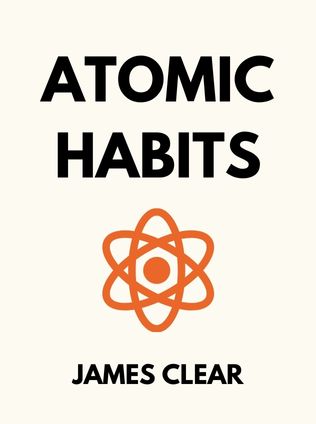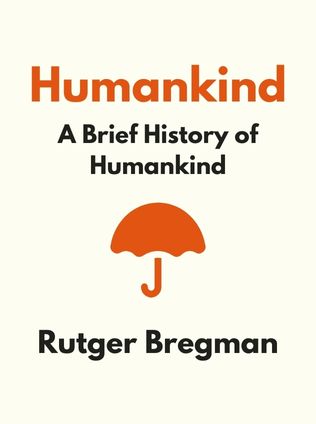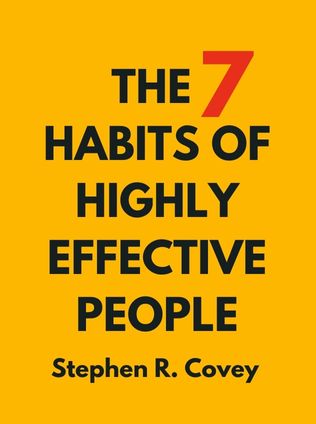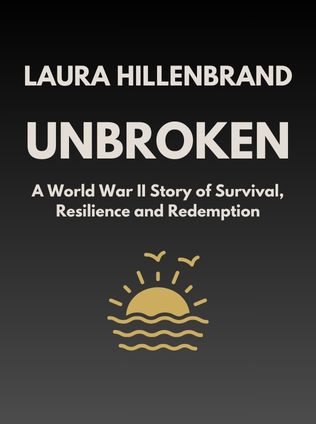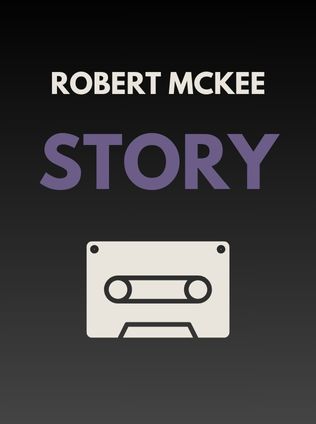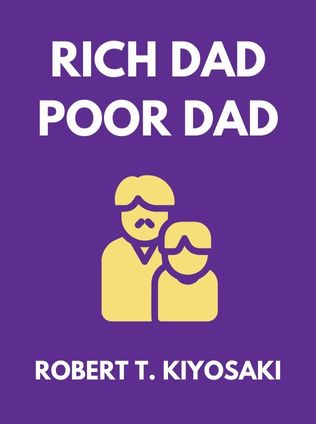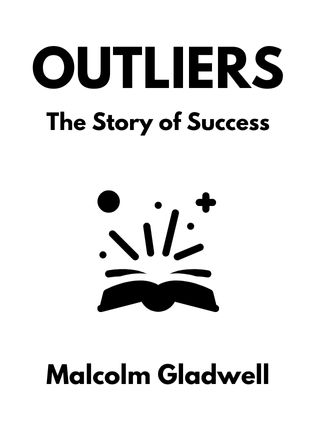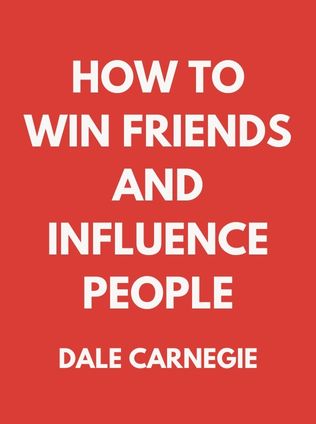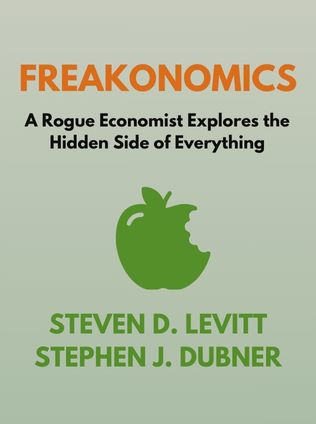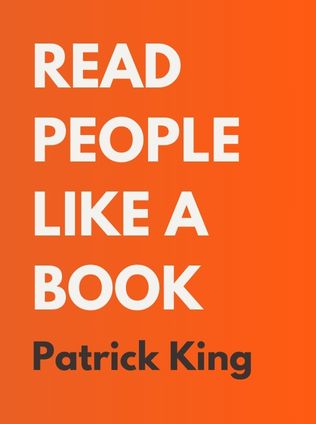
Read People Like a Book
How to Analyze, Understand, and Predict People’s Emotions, Thoughts, Intentions, and Behaviors
By Patrick King
Published 12/2020
About the Author
Patrick King is a renowned social interaction specialist with extensive experience in coaching people on dating, personal presentation, and communication. He has authored numerous e-books on topics such as online dating, emotional intelligence, and effective communication. King is dedicated to helping individuals improve their social skills and navigate relationships with greater ease and success. His practical approach and deep understanding of human behavior have made him a sought-after expert in the field.
Main Idea
"Read People Like a Book" by Patrick King delves into the art of interpreting people's speech, behavior, body language, and possessions to gain insights into their motivations and personalities. King argues that by mastering these skills, one can navigate relationships more effectively, manage difficult personalities, achieve personal goals, and detect deceit. This book provides readers with the tools to understand others on a deeper level, enabling more meaningful and productive interactions.
Table of Contents
- Introduction
- How to Approach Reading People
- What Drives Behavior?
- Reading Nonverbal Cues
- Detecting Lies
- Conclusion
How to Approach Reading People
King emphasizes that while many people consider themselves good judges of character, accurately assessing another person is challenging. He offers several strategies to improve one's ability to read others:
- Behavioral status quo: Understand how a person typically behaves to identify anomalies.
- Multiple data points: Avoid forming conclusions based on single observations; consider a range of behaviors.
- Context: Consider the context in which behavior occurs, as it significantly influences interpretation.
- Your own biases: Be aware of personal prejudices that might affect judgment.
Behavioral Status Quo
Understanding someone's typical behavior is crucial for identifying deviations that might indicate underlying emotions or intentions. Joe Navarro, a former FBI agent, elaborates on this concept by suggesting that observing a person's "pacifying behaviors" can reveal stress or discomfort. These behaviors are unique to each individual, reinforcing King's advice to recognize a person's baseline behavior.
"When you can identify a person's typical response, you can predict how they’ll likely react to any specific situation." - Patrick King
For example, if you notice a colleague who is usually calm and composed suddenly becomes jittery during a meeting, it may indicate they are under unusual stress or pressure. Recognizing such deviations helps in understanding the person's current emotional state and responding appropriately.
Multiple Data Points
Relying on multiple observations rather than single instances helps avoid the "law of small numbers," a cognitive error described by Daniel Kahneman in "Thinking, Fast and Slow." By gathering more information over time, one can form a more accurate understanding of another person's behavior.
"You can’t form a conclusion about someone based on a single data point—a single sentence or gesture, for example." - Patrick King
For instance, if a friend who is generally punctual arrives late once, it might be due to unforeseen circumstances. However, if this behavior repeats, it could indicate a deeper issue such as stress or time management problems. By considering multiple data points, you can avoid jumping to conclusions based on isolated incidents.
Context
Context plays a critical role in interpreting behavior. For instance, a person's restless movements might indicate nervousness or simply an attempt to stay warm. Stanley Schachter's "misery loves company" experiment underscores the importance of social context, demonstrating how stress influences behavior in specific situations.
Sign up for FREE and get access to 1,400+ books summaries.
You May Also Like
The Subtle Art of Not Giving a F*ck
A Counterintuitive Approach to Living a Good Life
By Mark MansonRich Dad Poor Dad
What the Rich Teach Their Kids About Money - That the Poor and Middle Class Do Not!
By Robert T. KiyosakiHow To Win Friends and Influence People
The All-Time Classic Manual Of People Skills
By Dale CarnegieFreakonomics
A Rogue Economist Explores the Hidden Side of Everything
By Steven D. Levitt and Stephen J. Dubner

